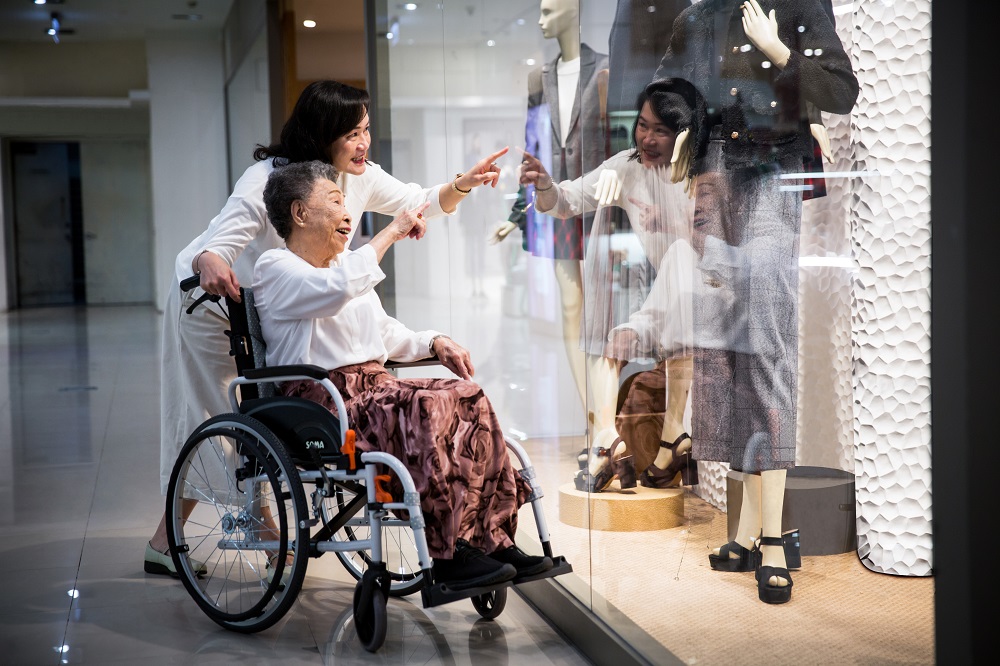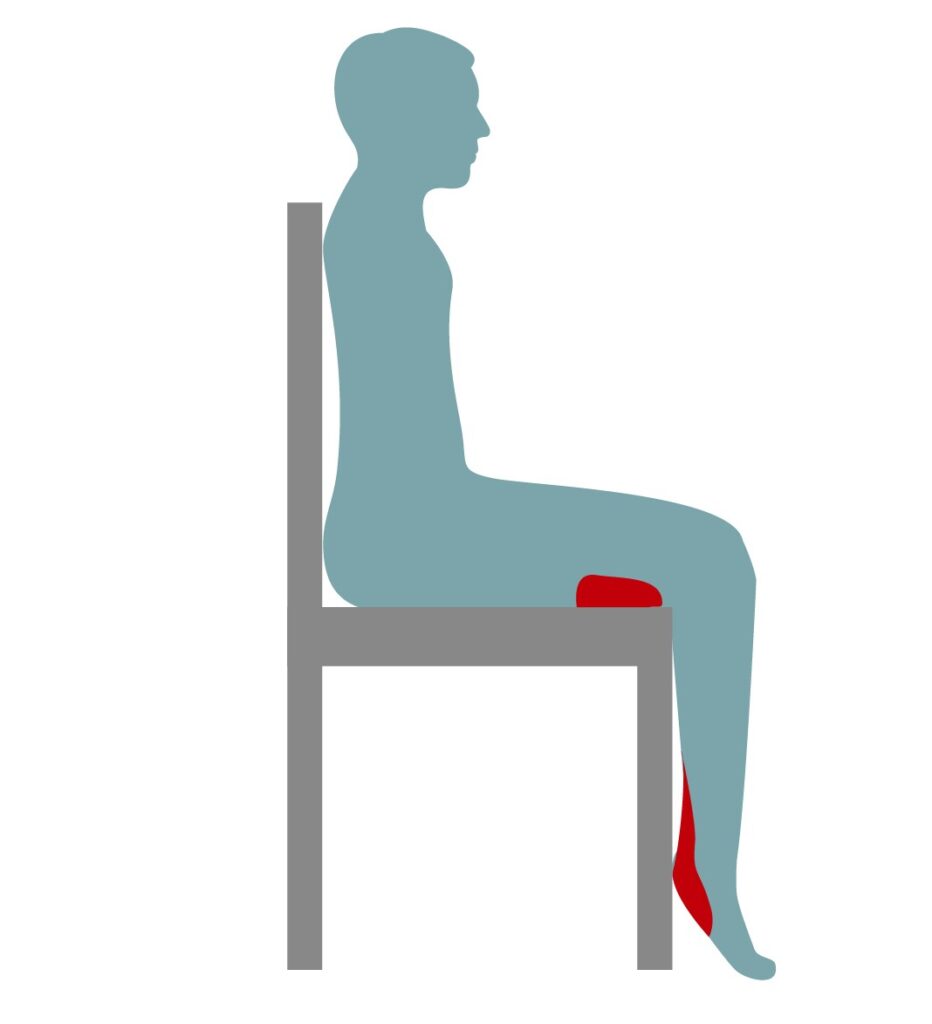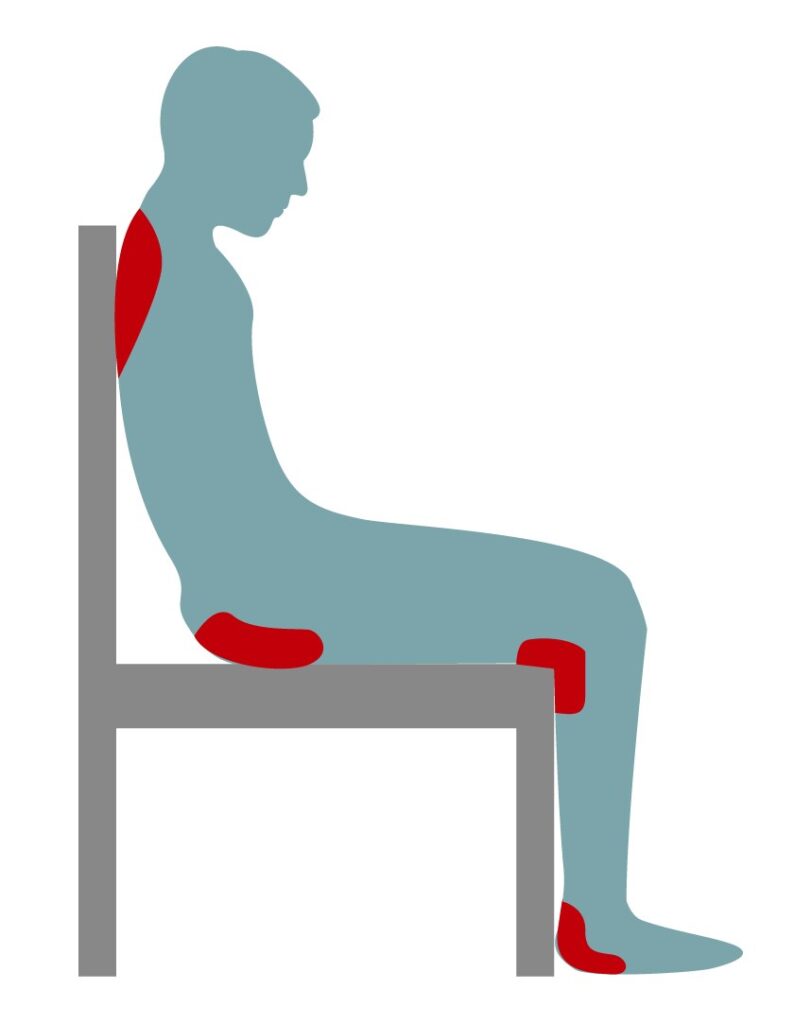In the previous blog, we learned about what pressure sores are and what can cause them but who is most prone to pressure sores?
-
- People with restricted mobility e.g. wheelchair users
- People who have previously had pressure sores
- People who are not able to easily reposition themselves
A lot of these factors apply to the elderly. It is the elderly that are commonly left with restricted mobility and often left bed ridden or in a wheelchair. The elderly either don’t have the strength to reposition themselves or they have a cognitive disease that causes them to forget to regularly reposition themselves. Alongside the internal and external factors, the elderly are more susceptible to pressure injuries than other groups.

What are the common problems when caring for an elderly patient with pressure ulcers?
Caring for the elderly in general is not an easy job, but caring for an elderly patient with pressure ulcers comes with its own set of problems.
-
- Elderly with pressure sores need more time to be taken care of, which can be more expensive
- The hospital stay is increased by 5-8 days, which again can be more expensive
- There is an increased demand for repositioning and posture changes
- The importance of the sitting position of the wheelchair and sleeping position increases
Statistics show that 71% of ulcers occur in patients older than 70 years which is why it is so important to understand what makes this group more vulnerable to pressure ulcers and what methods are there to prevent it.

The elderly are typically more susceptiple to getting pressure sores either becaues they lack the strength to adjust their sitting position or they have a cognitive disease that causes them to forget to repostion themselves.
Why do elderly wheelchair users get pressure sores?
Wheelchair users in general are more likely to have pressure ulcers because of an ill-fitting wheelchair. If the wheelchair configuration is wrong and there is insufficient support for the user, they will start to slide down the seat. The constant friction of sliding and having to reposition themselves is what causes shear force.

If the seat of the wheelchair is too high i.e. the user cannot comfortably reach the foot plates, they are prone to getting pressure sores on the back of their knees and ankles because they cannot rest/lean on the footplates.
If the seat depth is too long, the user will slide forward to find support from the footplates however they will be susceptible to pressure sores on the shoulders, buttocks, behind the knees, and on the ankles.

The correct fitting wheelchair can help prevent pressure ulcers
Understanding why elderly wheelchair users are more prone to pressure sores than other wheelchair groups is the first step to preventing it. In the next couple of blogs we will talk about how to prevent pressure sores in elderly wheelchair users with repositioning techniques and wheelchair accessories.
We’re here to help
If you need further assistance to decide which wheelchair most suits you and can help prevent pressure sores, KARMA Malaysia is always here to assist. Talk to a KARMA representative today!
Call us: 03-5612 1921 / 010 – 238 1921
Email us: [email protected]


